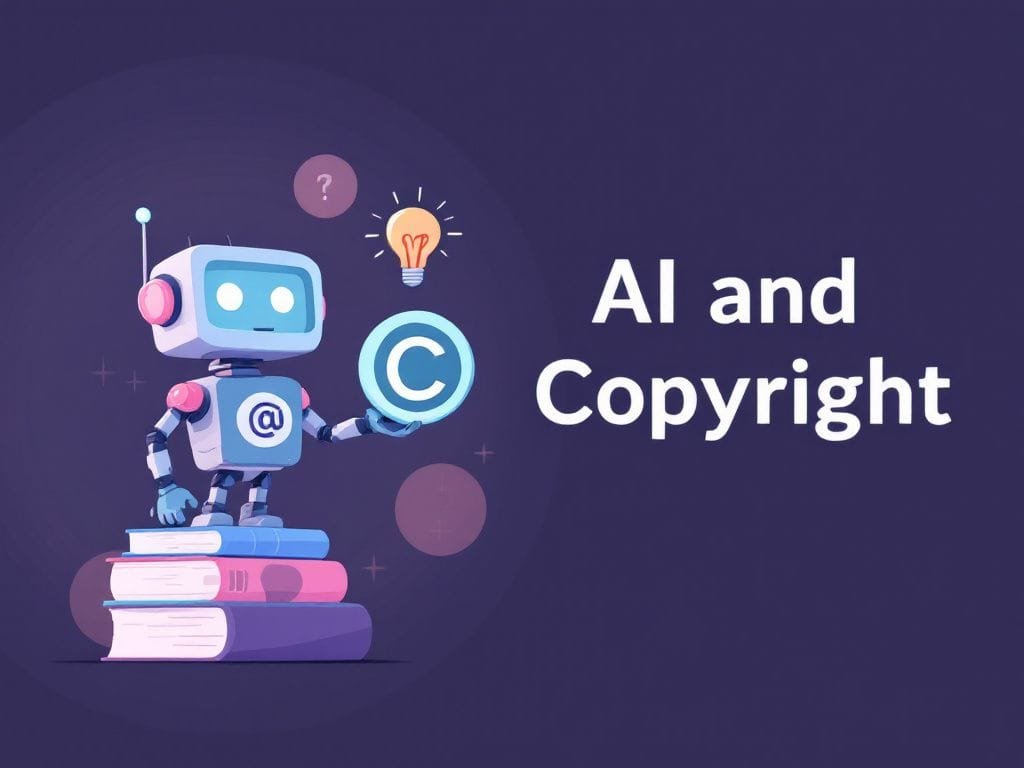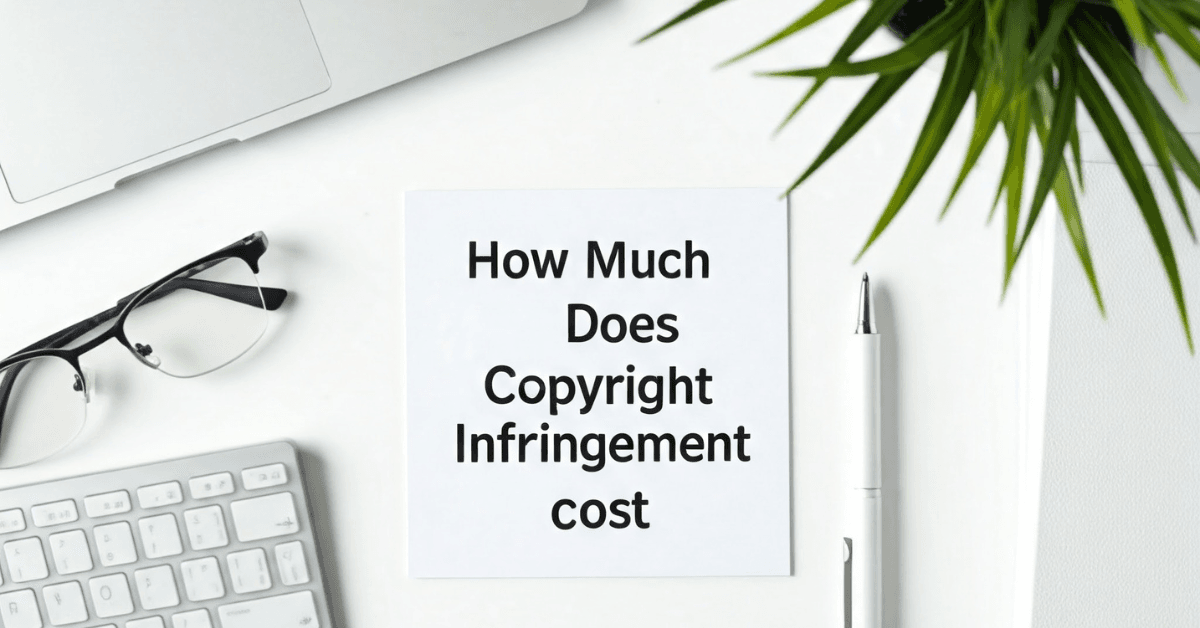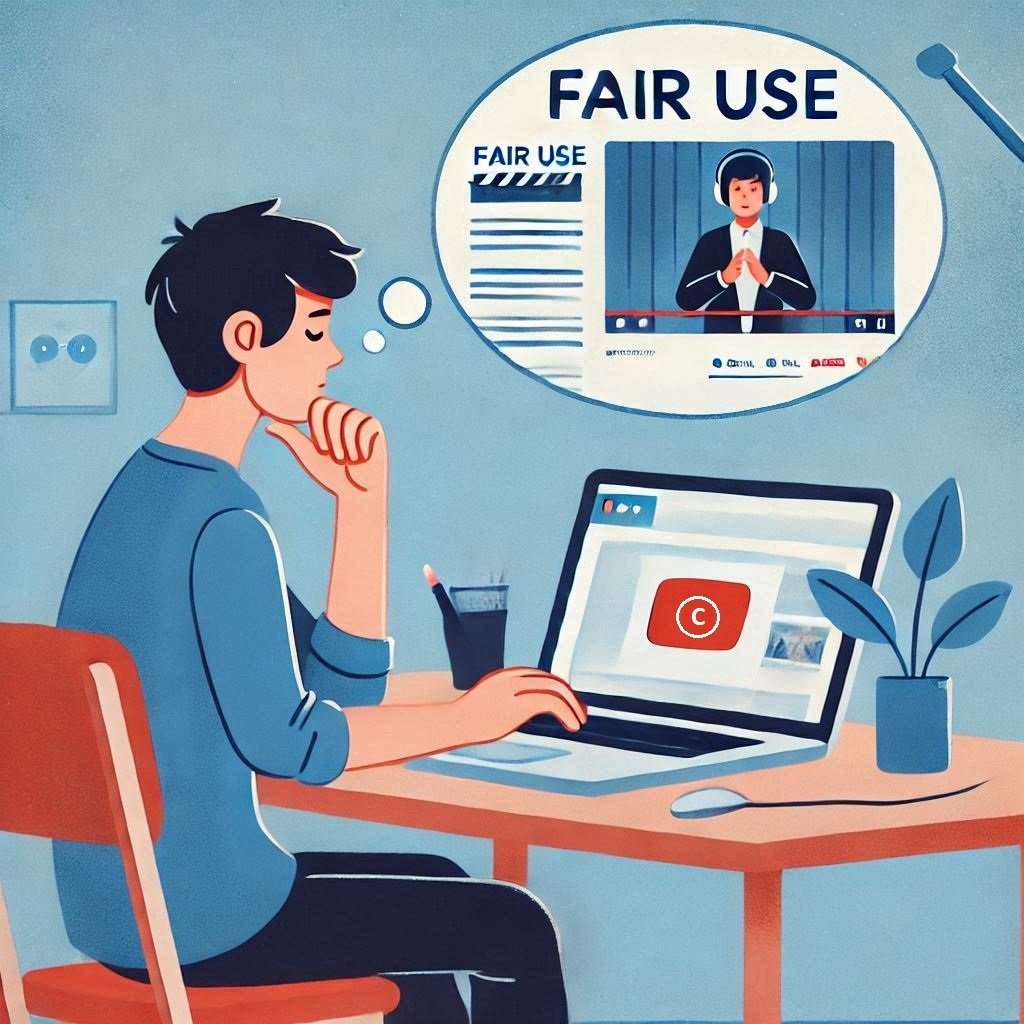Artificial Intelligence (AI) has disrupted the creative world, generating art, music, and even literature at an unprecedented scale. But as AI-produced content floods digital spaces, an important legal question arises: Can AI-generated content be copyrighted?
The U.S. Copyright Office’s latest report, released on January 29, 2025, finally provides some answers. This report sheds light on the evolving legal landscape, defining what qualifies for copyright protection and how businesses and creators should navigate AI-assisted works. Let’s dive into the key takeaways and what they mean for creators and businesses.
What is Copyright and What Does it Protect?
Copyright is a legal protection granted to creators of original works of authorship, ensuring they have exclusive rights over their creations. It applies to various creative works, including:
- Literary works (books, articles, scripts)
- Musical compositions and sound recordings
- Artistic works (paintings, photographs, sculptures)
- Audiovisual content (films, animations)
- Software and architectural designs
To qualify for copyright, a work must demonstrate original expression, meaning it must be independently created and possess some minimal level of creativity. However, purely AI-generated content complicates this principle.
Can AI-Generated Content Be Copyrighted?

The U.S. Copyright Office has made it clear: copyright protection requires human authorship. AI-generated works that lack significant human input cannot receive copyright protection.
This means that if an AI model produces an image, poem, or song with little to no human intervention, the output belongs to no one—it falls into the public domain.
This decision aligns with past rulings, such as Thaler v. Perlmutter (2023), where a federal judge ruled that an artwork solely created by AI could not be copyrighted. The ruling emphasized that creativity must originate from human minds, not machines.
Conditions for Copyright Protection in AI-Assisted Works

Not all AI-assisted works are excluded from copyright protection. The Copyright Office acknowledges that AI can be used as a tool, much like a camera or Photoshop. The key factor is whether a human makes substantial creative decisions beyond just inputting a text prompt.
For example:
- If an artist generates multiple AI images, selects one, and manually enhances it, the final work may be eligible for copyright.
- If a musician uses AI to refine or mix their original composition, copyright could still apply.
- However, if someone enters a prompt into an AI model and claims the output as their original work, that does not qualify for protection.
The Copyright Office emphasized that “merely providing instructions to an AI does not constitute authorship.”
Copyright protects original human creativity, not just effort.
In Feist Publications, Inc. v. Rural Telephone Service Co. (1991), the U.S. Supreme Court rejected the “sweat of the brow” doctrine. This doctrine suggested that copyright could be granted based on the effort and labor put into creating a work.
However, the Court ruled that copyright protection requires originality and creativity, not just labor. The decision emphasized that facts are not copyrightable, and compilations of facts must exhibit some minimal degree of creativity to qualify for copyright protection.
This means that merely entering prompts into AI does not qualify for copyright.
The U.S. Copyright Office’s 2025 report confirms that AI-generated content needs substantial human modification to be protected. Selecting or compiling AI outputs is not enough—creativity must come from a human author. AI can be a tool, like a camera, but the final work must reflect meaningful human decisions.
To claim copyright, ensure human originality is evident, not just AI assistance.
AI Prompts and Copyright: Why Just Typing Isn’t Enough

A major area of contention has been whether writing a prompt qualifies as an act of creation. The Copyright Office firmly states that prompts alone do not count as authorship—no matter how detailed or specific they are.
The reasoning behind this is that AI models generate outputs based on vast datasets and algorithms, meaning the output is not a direct product of human creativity. Unlike traditional artistic tools, AI systems contribute to the creative process in unpredictable ways.
For a work to be eligible for copyright, a human must make substantial creative contributions beyond just entering a command.
This could include significant alterations, refinements, or creative decision-making that shape the final result. Simply typing a descriptive prompt, no matter how detailed, does not meet the threshold for human authorship in the eyes of the law.
The Zarya of the Dawn Case: A Landmark in AI Copyright
The Zarya of the Dawn case is a significant one in copyright law and AI. The case involved a graphic novel created by Kris Kashtanova using the AI tool MidJourney to generate images. Initially, the U.S. Copyright Office granted copyright protection to the entire graphic novel.
However, when it was discovered that the images were AI-generated, the Copyright Office launched a review.
The key issue was whether AI-generated images could be considered the result of human authorship.
The Copyright Office ultimately decided that while Kashtanova’s text and the arrangement of images were eligible for copyright, the individual AI-generated images were not.
This case highlights the ongoing debate about the copyrightability of AI-generated works and the role of human creativity in such works.
Can AI-Generated Works Be Considered and Protected Under Joint Authorship?

Joint authorship typically requires two or more human creators who contribute significantly to a work.
Regarding joint authorship, the report emphasizes that AI cannot be considered a co-author. The Copyright Office will not register works that list AI as an author or co-author. This position underscores the necessity of human creativity in the authorship of copyrighted works.
However, the report acknowledges that AI can serve as a tool in the creative process. If a human author exercises sufficient creative control over the AI-generated output, such as by adapting, selecting, or arranging the content, the resulting work may qualify for copyright protection. The key factor is the extent of human creativity involved in the final work.
While joint authorship in AI-assisted works remains a gray area, the key requirement is demonstrable human creativity and decision-making.
AI-Generated Images: Case Laws and Examples
AI-generated images are at the center of copyright debates. The U.S. Copyright Office has ruled that images generated entirely by AI are not copyrightable, but human-modified AI art might be.
Key Cases:
Thaler v. Perlmutter (2023): Denied copyright for an AI-generated artwork, reinforcing the need for human authorship.
Zarya of the Dawn (2023): Partially granted copyright for an AI-assisted comic book, but only for the human-written text and arrangement, not the AI images.
Andersen v. Stability AI (2024): Ongoing case where artists claim AI-generated art infringes on their copyrighted styles.
Examples:
An AI-generated painting used in a commercial project without any human modification would likely not receive copyright protection.
A digital artist who heavily edits an AI-generated image—adding hand-drawn elements and unique features—might receive copyright protection for the modified work.
Historical Perspective: How Copyright Law Adapts to Emerging Technologies
Copyright law has always evolved alongside technology. When photography was invented, courts debated whether photographs were creative works. Similarly, with digital art and CGI, copyright laws adapted over time.
The Copyright Office argues that existing laws are flexible enough to address AI. Just as software-generated works still require human coding and decision-making, AI-assisted works need clear human input to qualify for protection.
Copyright, AI, and the Business Market: What This Means for Creators
For artists, writers, and businesses using AI, this ruling presents both challenges and opportunities:
Challenges:
Lack of ownership: Purely AI-generated works may not be legally protected, making them easy to copy or redistribute.
Legal risks: Using AI to replicate an artist’s style or copyrighted work may lead to legal disputes.
Opportunities:
Strategic AI use: Creators who actively edit, modify, or combine AI outputs can still claim copyright on the final product.
New revenue models: Businesses may explore AI-assisted content creation while ensuring human input for protection.
The Future of AI and Copyright: What Comes Next?
The Copyright Office’s report is just the beginning. The next phase will address:
AI training on copyrighted works: Should AI companies be allowed to train models on copyrighted materials without permission?
Licensing and liability: Who is responsible if an AI generates content that infringes on copyright?
Final Thoughts: Protecting Creativity in the Age of AI
AI is transforming how we create, but human ingenuity remains at the heart of copyright law. For businesses and creators, the key takeaway is clear:
AI can assist in creativity, but it cannot replace the human spark that makes a work original.
To ensure copyright protection, make sure your AI-assisted work includes substantial human input.
As AI continues to evolve, the law will too. But one thing remains certain: creativity, in the eyes of the law, is still a human endeavor.




